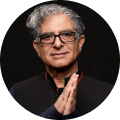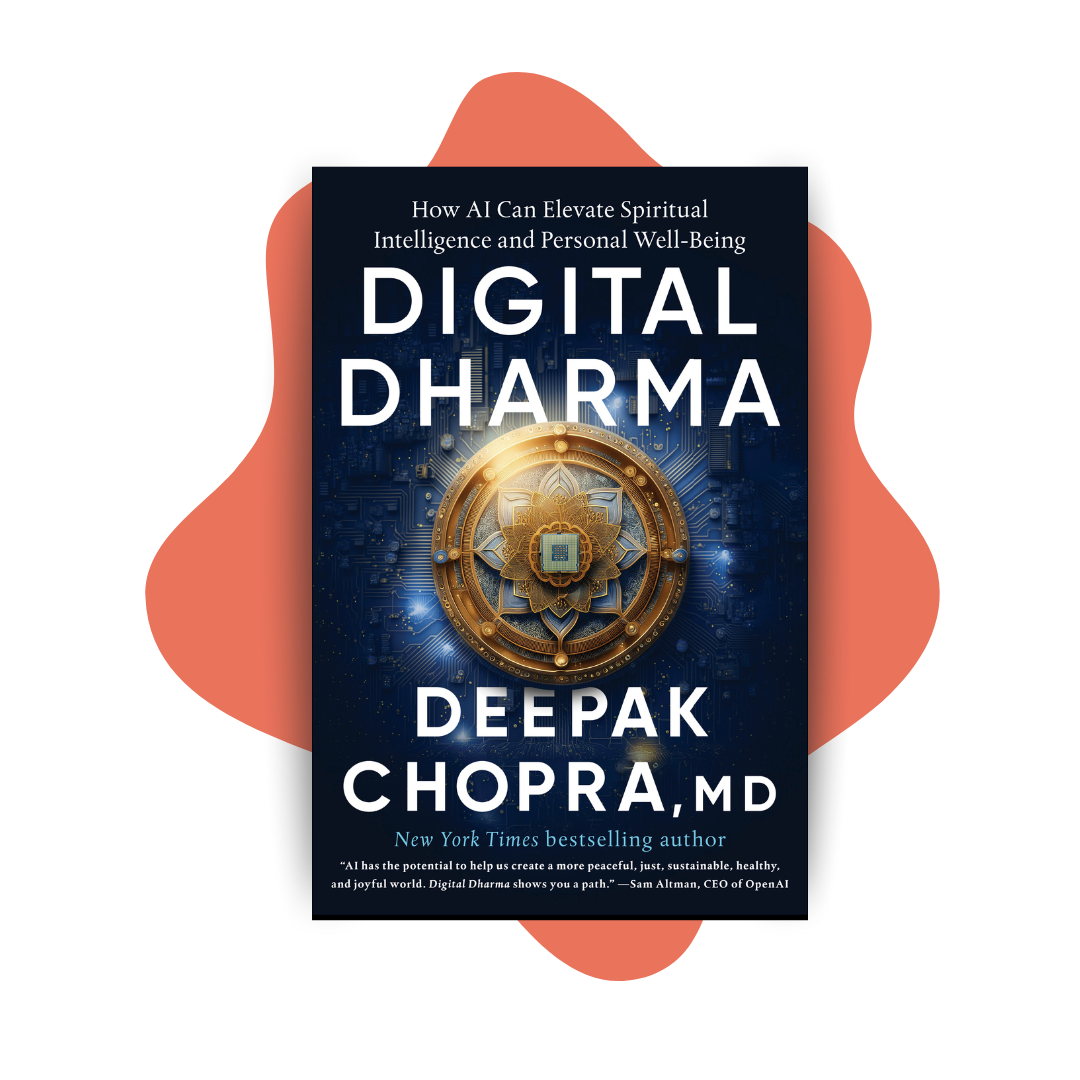The “Quantum Soul” Part3 – Orchestrated Objective Reduction (“Orch OR”).
When your mind and heart are truly open abundance will flow to you effortlessly and easily.
Written by Stuart Hameroff and Deepak Chopra
The Penrose-Hameroff theory of "orchestrated objective reduction" ("Orch OR") proposes that consciousness depends on quantum computations in structures called microtubules inside brain neurons, occurring concomitantly with and supportin neuronal-level synaptic computation (Penrose and Hameroff 1995; Hameroff and Penrose 1996a,b; Hameroff 1998a,b; Hameroff et al. 2002).
Microtubules are cylindrical polymers of the protein "tubulin," and major components of the cell cytoskeleton which self-assembles to configure intracellular architecture, create and regulate synapses, and communicate between membrane structures and genes in the cell nucleus. In addition to bone-like support, microtubuIes and other cytoskeletal components seem to act as the cell's nervous system, its "on-board computer," continually reshaping and differentiating. In microtubule lattices, states of individual tubulins are proposed to act as "bit" states, as in classical computers and molecular automata (Hameroff and Watt 1982; Rasmussen et al. 1990) Microtubule-level processing raises the capacity for neuronal information processing immensely. Rather than a few (synaptic) bits per neuron per second, 108 tubulins per neuron switching coherently in megahertz (l06 Hz) give potentially 1014 operations, or bits per second per neuron. But increased information processing alone does not solve all problems regarding consciousness in the brain. Penrose Hameroff Orch OR further proposes tubulins can be quantum bits, or "qubits" in microtubule quantum computers, and that such quantum computations connect conscious brain functions to the most basic level of the universe.
This opens the door to consciousness being nonlocal, and in some cases possibly untethered to body and brain. These speculations are based on ideas in physics put forth by Sir Roger Penrose. It should be stated clearly that Sir Roger does not necessarily endorse the further speculations developed here, and generally avoids connections between science, religion, and spirituality. Penrose defined OR self-collapse of superpositions (due to separations in spacetime geometry) and moments of consciousness by E = h/t. E is the gravitational self-energy of an object (or its equivalent space-time geometry) separated from itself, h is Planck's constant (over 2 Pi) and t is the time at which OR occurs. E may be calculated based on factors including (1) the object's mass, (2) the level at which the object separates from itself, i.e., its entire mass, individual atoms, atomic nuclei, or subatomic particles, and (3) the spatial separation distance, how far the object, or its space-time geometry separates from itself. If a superposition of self-energy E evolves and avoids decoherence to reach time t, an OR moment of consciousness occurs. Because of the inverse relation, the larger the mass and spatial separation E, the briefer the time t at which OR conscious moments occur. Superpositions E must avoid decoherence (i.e., the quantum system must be isolated from the classical environment) until time t is reached. Hence, the conditions for Penrose OR and conscious moments are fairly stringent. Penrose and Hameroff suggest such conditions have evolved in the brain, specifically in microtubules inside brain neurons, and that microtubules perform quantum computations which are "orchestrated" by synaptic inputs and neurophysiology, isolated from decoherence, and terminated by Penrose OR, hence orchestrated objective reduction, "Orch OR." Microtubule quantum superpositions E are proposed to extend and entangle from neuron to neuron through gap junctions (which mediate gamma synchrony), enabling selective brain-wide quantum coherence among microtubules. Decoherence is suggested to be avoided through coherent pumping, actin gelation, ordered water and topological resonances. OR events also entail backward time effects, consistent with evidence for backward referral of conscious experience in the brain (Libet 1979). Entanglement with the future may enable real-time conscious action, and rescue consciousness from the unfortunate role of epiphenomenal illusion (Hameroff 2007).
Orch OR has been criticized since its inception in 1995, mainly because laboratory- built technological quantum computers require extreme cold to avoid decoherence by thermal vibrations, and the brain operates at warm biological temperatures (e.g., Tegmark 2000; Hagan et al. 2001). However, in the past 5 years numerous experiments have shown warm temperature quantum coherence in proteins involved in photosynthesis, ion channels, and other biomolecules (Engel et al. 2007).
Dr. Anirban Bandyopadhyay (2010) at the National Institute of Materials Sciences in Tsukuba, Japan has preliminary evidence for quantum coherence, topological quantum conductance, and decoherence times of one-tenth millisecond or longer in individual microtubules at warm temperatures. For Orch OR and quantum biology, the future is fairly bright. Can Orch OR account for NDEs/OBEs and conceivably an after-life?


My IQ just dropped 2 points
I don`t think there is an afterlife; if you draw the conclusion that there is no `soul` or `we` there is only one possible outcome: death is the same as not being born. Asking where we will go after death is the same as asking what`s the color of monday.
What separates the mystical from the practical is mechanism. The more that is vetted by rigorous methodology and critic peer review about Quantum Physics, the more linkage might be found to Quantum Mind. It`s an exciting time in Science and humanity. But caution is warranted. No theory should be inadvertently converted to pseudo-science by the pressures of popular culture. Remember that the signal of the Higgs Boson was vetted to 5-sigma before it was announced.